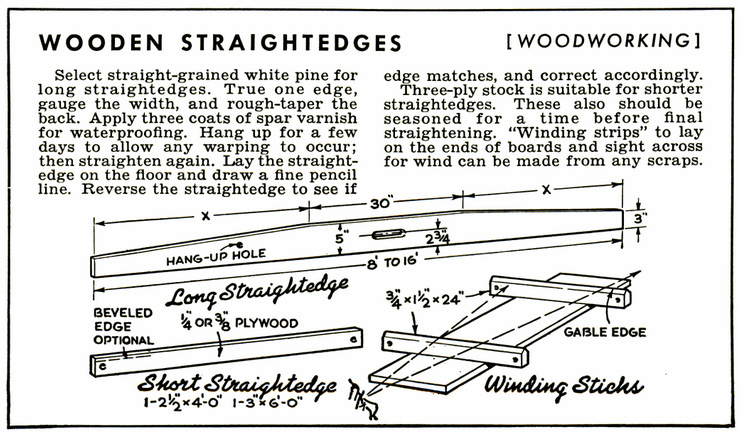It may be more intuitive to some people to use a smaller plane and test frequently with a straightedge. Try it either way and see what suits you best, assuming you have longer planes in your kit. One could theoretically do the whole bit with a block plane and a straightedge. It's just a matter of removing high spots until you produced a flat face. Flat ("planar") is a geometric concept. Smooth is a surface attribute. People often confuse the two. Smooth doesn't count for much on a board or panel that is not flat enough for its intended use.
Jack-Jointer-Smoother is the typical progression with the jack getting the board essentially flat, the jointer refines to a greater degree of flatness, the smoother tidies up the surface. This isn't engraved in stone, by any means, but a somewhat rebuttable presumption of the order of planing.
Jack-Jointer-Smoother is the typical progression with the jack getting the board essentially flat, the jointer refines to a greater degree of flatness, the smoother tidies up the surface. This isn't engraved in stone, by any means, but a somewhat rebuttable presumption of the order of planing.

































